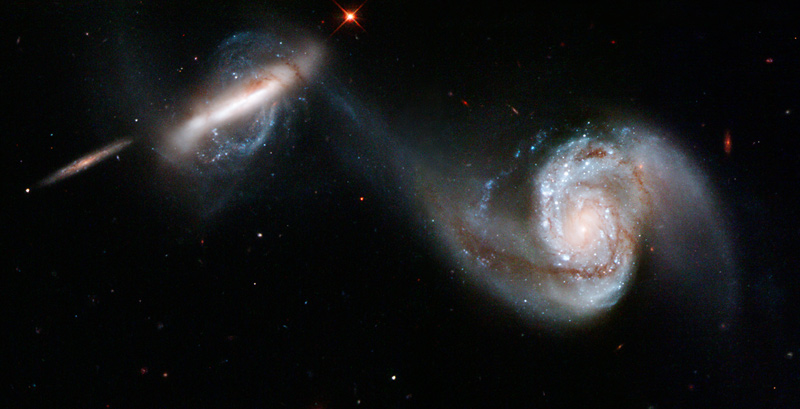KEPLER MISSION
By Evan FinnesSince the dawn of intelligent man, we as a race have asked several questions pertaining to the heavens, and to the meaning of life. A NASA mission, scheduled to launch in March 2009, hopes to take us a step closer to answering one of these timeless questions: “are we alone?” The Kepler Mission is not only named after the great mathematician and astronomer, Johannes Kepler, it also celebrates the 400th anniversary of the publication of his first two laws on planetary motion.
Some of the goals of the Kepler Mission include: determine the percentage of terrestrial planets in the habitable zone of nearby stars; determine the period and geometries of any such discoveries; discover any additional members of the planetary system to which the habitable planet belongs; and to determine the properties of the planetary systems host star.
To help celebrate this mission, and the 400th anniversary of the publication of Kepler’s work, NASA is taking names from the public to put on a DVD which will orbit the Sun onboard the Kepler spacecraft. Anybody who wishes to submit their name must write a short essay, under 500 words, explaining why they personally believe the Kepler mission is important. So why is this mission important? There are at least three reasons why this mission is important: #1) Are we alone in the universe? Mankind has been pondering this question for centuries, and by discovering habitable planets outside of our solar system, we will be much closer to answering this question. The discovery of such a planet will dramatically affect our scientific and religious communities; the discovery of one such planet will create a montage of new questions; #2) Eternal life. If the human race wishes to outlive the life of our host star, we will eventually have to colonize a planet outside of our own solar system. The first step, in this thankfully very distant journey, is to map out the habitable planets in our galactic neighborhood. #3) Planetary evolution. By discovering Earth-like planets existing around several types of stars, in several stages of their lives, we will be able to better understand the processes which shape planetary evolution, and the development of life.
The Kepler spacecraft will not orbit the Earth, but will orbit the sun while slightly trailing the Earth with an orbital period of about 372.5 days. With this orbit the spacecraft should be able to avoid having its view blocked by the Earth, Moon, or Sun. The reason this is important is because of the methods with which the spacecraft will search for these potentially habitable planets.
The Kepler spacecraft will search for Earth-like planets using a technique known as the Transit Method of Detecting Extrasolar Planets. A transit occurs when a planet crosses in front of its host star as viewed by an observer. These transits dim the brightness of a star which allow for the detection of extrasolar planets. This change in brightness is very difficult to detect by terrestrial planets, such as Earth, because they only dim their host star by 100 parts per million, lasting only 2 to 16 hours. In order for an extrasolar transit to be observed from our solar system, the orbit must be viewed edge on. The probability of observing such a planet is less than 1%. To increase the chances of observing a transiting terrestrial planet, the Kepler spacecraft will observe 100,000 of our neighboring stars. Because any planet in the habitable zone will require an orbit close to that of one Earth year, Kepler will need to observe any transits discovered amongst these 100,000 stars for at least 3.5 years to determine if the transit is periodic enough to be a planet.
The Kepler Mission may not be able to directly determine whether or not we are alone in the universe, but it will be able to tell us if we have neighboring planetary systems, containing planets, capable of sustaining life. When compared to all the stars in the universe, even one discovery amongst the relatively small sample space of 100,000 stars will be significant enough for us to rethink our meaning and place in the universe.

